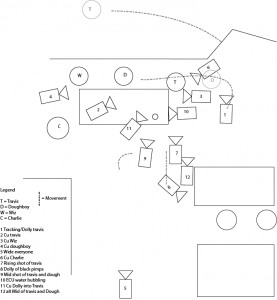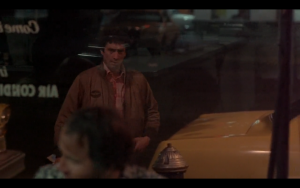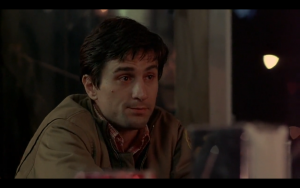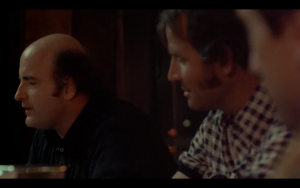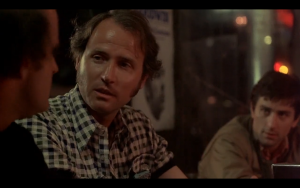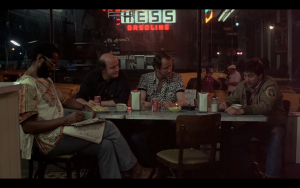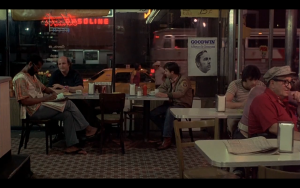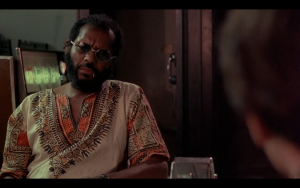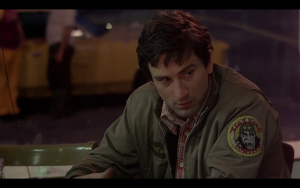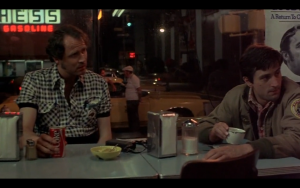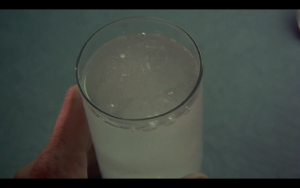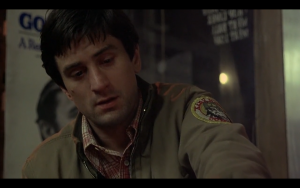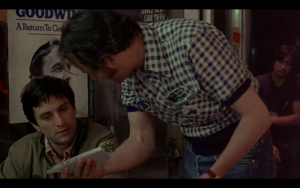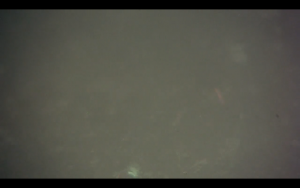Since trailing the director role in last week’s exercise it made me revaluate what characteristics are important for to make a good director, and coming in at number 1, communication.
Apart from finance, logistics, leading style (dictator or democrat) your perfect vision of your story/film is not going to be relevant if you cannot effectively communicate it to your crew. I think I got a new look at this after this weeks exercises, by playing the role of directors you need a good level of knowledge for each department to be able to understand and convey your ideas and goals to each crew. I think I could accomplish communicating my ideas to all the technical areas reasonably well but the area I struggled in was communicating with the actors. I realised I didn’t have the right set of skills to communicate how I envisioned their performance, not to say that they gave a bad performance. I thought these were interesting areas to ponder as each probably has quite a situational answer, how do you direct an actor? or as we have been experiencing perhaps how do you direct a untrained actors?
Maybe this is one advantage actor – directors have, like in the previous scene I analysed from Gran Turino by Clint Eastwood, you can see that the way he sets out to structure his coverage of the scene he focuses on performance. As an actor Eastwood probably has quite a solid idea of how to deal with other actors, and perhaps his knowledge or focus is is on performance rather than cinematograph or other stylistic elements. Although this is mere speculation I still found it an interesting idea to mull over this week.
Another thing I struggled with this week was drawing broader connections to the in depth scene analysis. After discussing how to cover the analysis with robin I see how beneficial it can be to connect the analysis to broader, film movement, directors, styles or even real life experiences. The problem I had was that I feel I like my base of knowledge in these infinite areas was not large enough to draw any significant similarities to the scene. The method to build this base is quite different to other academic research as it is more abstract and not as easily linked as say, one academic reference to another. The only way to build this knowledge is by slowly watching more and more films and having more and more experiences or as Wiz says in Taxi Driver “Go out and get laid. Get drunk. Do anything”

